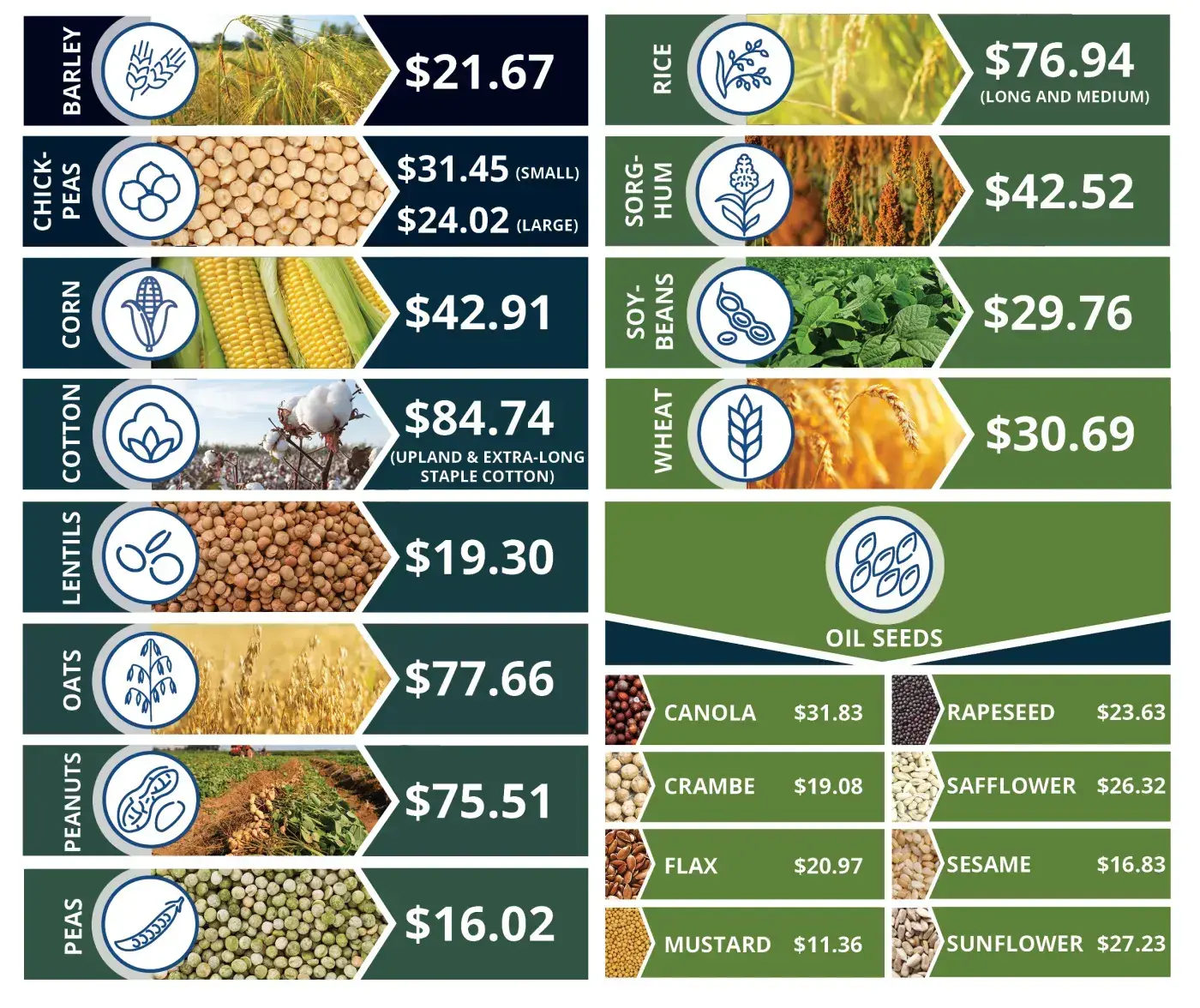New Jersey Legislative SRO, NJ – A new bipartisan law expands legal protections for commercial farmers by allowing them to recover costs tied to bad-faith complaints.
Senator Parker Space sponsored the measure, which strengthens provisions of the state’s “Right to Farm Act.” Governor Phil Murphy signed the bill after broad support from agricultural groups.
Key Points
- New law allows farmers to recover costs and attorney fees for bad-faith nuisance complaints
- County agriculture boards or the SADC will determine when complaints were filed in bad faith
- Bill received strong support from the New Jersey Farm Bureau and agricultural community
The legislation gives farmers the ability to file applications with county agriculture development boards or the State Agriculture Development Committee to seek reimbursement for reasonable costs and attorney fees linked to defending against complaints deemed to be made in bad faith. If a board determines a complaint lacks merit and meets the legal threshold, it may order the complainant to pay the farmer’s costs.
The measure reinforces the irrebuttable presumption under the “Right to Farm Act” that qualifying commercial agricultural operations do not constitute a nuisance if they comply with endorsed agricultural management practices and relevant laws. The bill formalizes the process for farmers to seek compensation once they are found to be entitled to that presumption.
Stronger protections under the Right to Farm Act
Assembly Bill 4603, as reported by the Assembly Commerce, Economic Development and Agriculture Committee, outlines the evidentiary requirements for boards to find a complaint was made in bad faith. The decision must be supported by a preponderance of the evidence, and any costs awarded must be deemed reasonable.
Boards will review applications submitted by farmers who were previously determined to qualify for the statutory presumption. If the evidence supports a finding of bad faith, an order will be issued directing the complainant to pay the farmer’s costs and fees.
Support from agricultural community
The New Jersey Farm Bureau and other agricultural organizations backed the bill during its progression through the Legislature. They argued the measure promotes stability for farming operations that already adhere to regulatory and practice standards established by state authorities.
Legislators said the new law affirms long-standing protections intended to preserve agricultural activity while addressing misuse of the complaint process. The statutory updates take effect immediately and apply within the framework established by the state’s agricultural oversight bodies.


